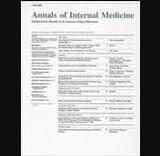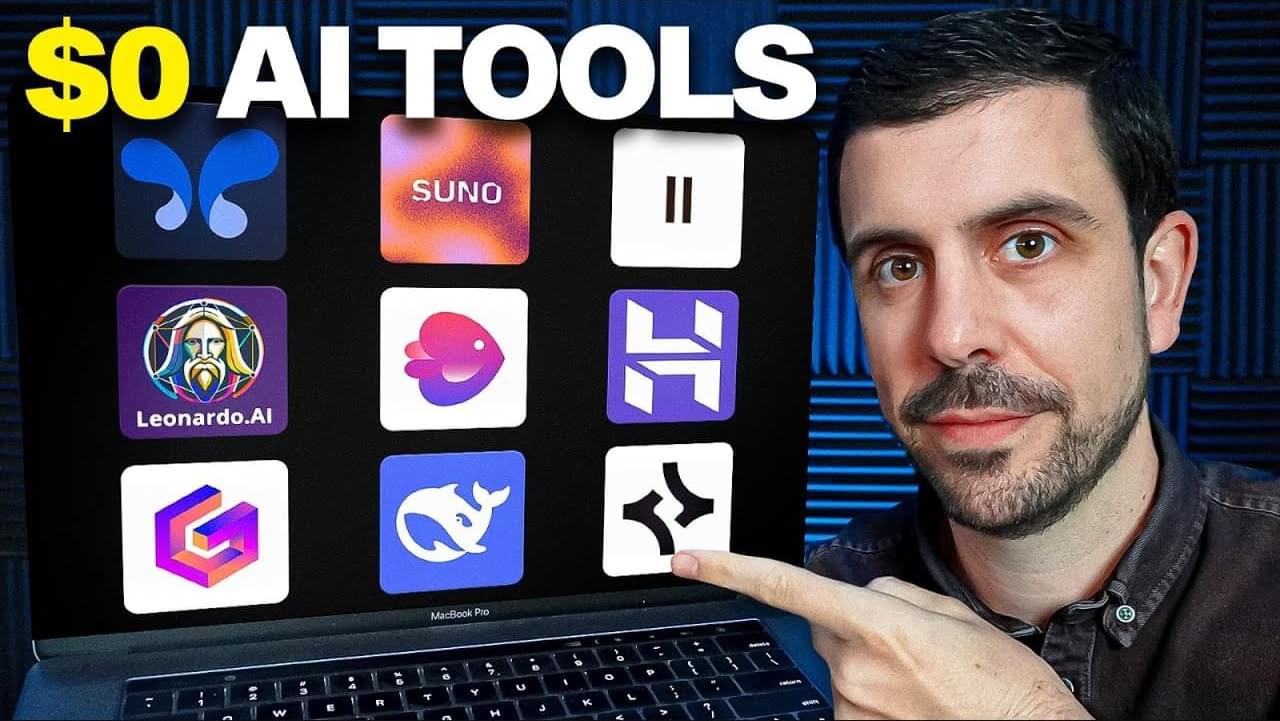Lithium-ion batteries are part of everyday life. They power small rechargeable devices such as mobile phones and laptops. They enable electric vehicles. And larger versions store excess renewable energy for later use, supporting the clean energy transition.
Australia produces more than 3,000 metric tons of lithium-ion battery waste a year. Managing this waste is a technical, economic and social challenge. Opportunities exist for recycling and creating a circular economy for batteries. But they come with risk.
That’s because lithium-ion batteries contain manufactured chemicals such as PFAS, or per-and polyfluoroalkyl substances. The chemicals carry the lithium—along with electricity—through the battery. If released into the environment, they can linger for decades and likely longer. This is why they’ve been dubbed “forever chemicals”




